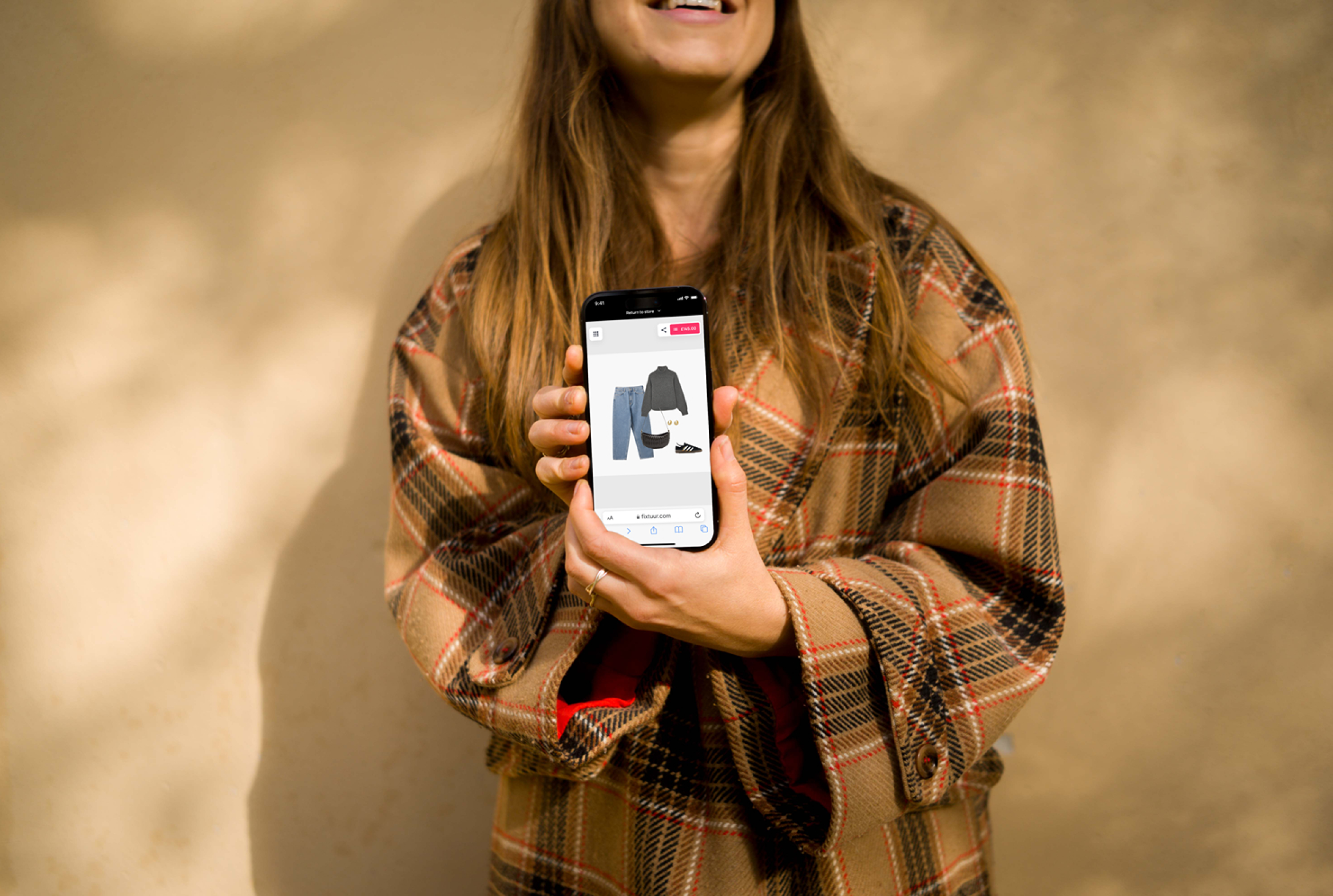3D visual commerce isn’t just a buzzword—it’s revolutionising how retailer brands connect with customers. By making the shopping experience interactive and engaging, 3D models and AR (Augmented Reality) can elevate your marketing campaigns and help your brand stand out.
Here are seven practical ways to integrate 3D visual commerce into your marketing strategy, with tips to maximise its impact.
1. Add 3D Models to Blogs and Articles
Content marketing is more effective when it’s interactive. By embedding 3D models in lifestyle blogs or inspiration articles, you turn passive reading into active exploration. Readers can rotate, zoom, and inspect products, increasing their interest and confidence in purchasing.
How to do it:
- Share customer success stories that feature 3D visuals, showing how your furniture fits into real homes. This doubles as social proof and inspiration.
- Create “how-to” blogs with 3D models to demonstrate practical applications of your products, such as styling tips or space optimisation ideas.
Why it works:
Interactive content boosts time-on-page metrics and engagement, helping with both conversions and SEO.
2. Enhance Email Campaigns with 3D Content
Email marketing remains a powerful tool, but adding 3D visuals can take it to the next level. Including interactive product models directly in emails grabs attention and encourages clicks.
How to do it:
- Personalise emails with 3D recommendations based on past purchases or browsing behaviour.
- Launch new products with rotating 3D previews, letting recipients interact with the item before clicking through.
Why it works:
Interactive elements in emails can dramatically increase open rates, click-through rates, and engagement.
3. Optimise Your Website with 3D Tools
Your website is often the first place customers explore your products, and 3D tools can make their experience unforgettable.
How to do it:
- Upgrade product pages with 3D models that allow customers to zoom, rotate, and customise options like colour or fabric.
- Create virtual showrooms where customers can explore collections in an immersive, interactive environment that mimics an in-store experience.
Why it works:
Interactive and detailed product pages lead to longer browsing sessions, higher conversion rates, and fewer returns.
4. Stand Out on Social Media
Social platforms thrive on visual content, and 3D models can help your brand make a lasting impression.
How to do it:
- Use Facebook and Instagram’s 3D post features to create engaging, scroll-stopping ads.
- Encourage customers to share their own AR visualisations of your furniture, creating authentic user-generated content.
Why it works:
Interactive posts and ads attract more attention and engagement, driving traffic back to your site.
5. Elevate Paid Media Campaigns
Paid ads need to grab attention quickly, and 3D content can give your campaigns the edge they need.
How to do it:
- Incorporate 3D models into your display ads for eye-catching visuals that encourage interaction.
- Use AR in your ads, letting customers project furniture into their own space directly from the ad.
Why it works:
Interactive ads deliver better click-through rates and ROI compared to static images or traditional formats.
6. Collaborate with Influencers
Influencer marketing thrives on authentic, engaging content. By using 3D models, influencers can showcase your products in a fresh, interactive way.
How to do it:
- Partner with influencers to create content that highlights your customisation options or AR features.
- Provide influencers with 3D models for use in Instagram Stories, posts, or TikTok videos.
Why it works:
Influencers using your 3D tools demonstrate the product's value while reaching a wider audience.

7. Bring 3D Visual Commerce In-Store
3D visual commerce isn’t just for online shopping. Integrating these tools into your physical stores bridges the gap between digital and in-person experiences.
How to do it:
- Set up AR displays that let customers visualise different furniture configurations and styles in real-time.
- Use interactive kiosks with 3D configurators, allowing shoppers to customise products and view the results instantly.
Why it works:
3D visual commerce offers retailers an incredible opportunity to create memorable marketing campaigns that engage, inspire, and convert. From interactive blogs and email campaigns to dynamic product pages, social media, and in-store tools, there are countless ways to use this technology to stand out.
By integrating 3D and AR tools into your strategy, you can not only enhance the shopping experience but also stay ahead in a competitive market.
Get in touch
For more information on how Fixtuur can help you implement 3D visual commerce in your marketing campaigns, speak to one of our experts.

